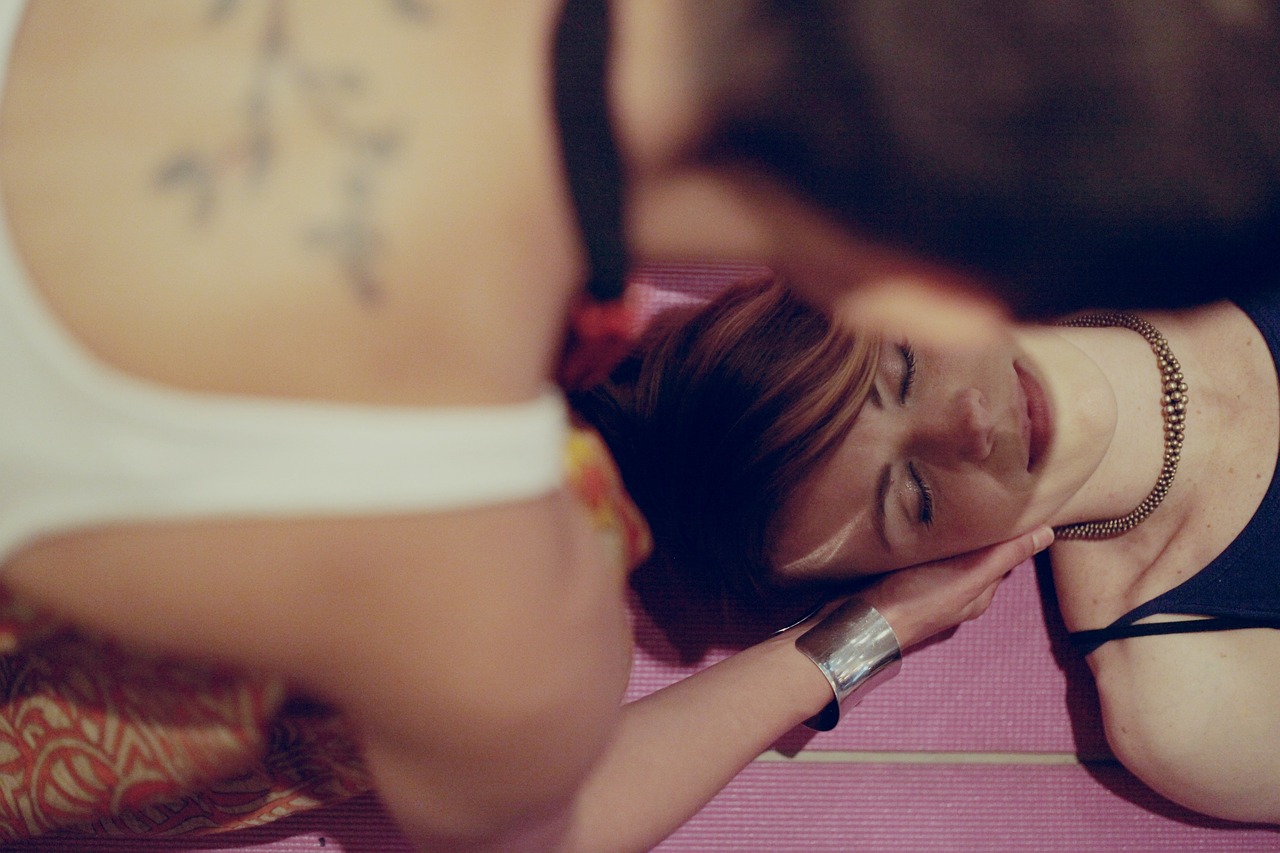
12, Jun, 2024
THE 5 MASSAGES MOST SUITABLE FOR ATHLETES
More than 70% of athletes encounter muscle pain and soreness after each competition. Untreated pains can cause long-term problems.
Mr. Ken Huston, a physical therapist with years of experience treating muscle injuries and providing sports massage therapy, is here to explain how athletes can reduce the risk of sports injuries.
Interviewer: Can you describe different types of massages? What are the best massages for athletes?
Mr. Huston: Several massage therapies are practiced for healing purposes. Aromatherapy, Hot Stone, Thai, Prenatal, Sports, and Chair Massage are some examples. Some techniques can particularly benefit athletes.
In sports, for quick injury healing and swift pain relief, I would say Active Release Technique (ART) and Trigger Point Therapy are the best. These are explicitly helpful for treating injuries like hamstring and calf strains.
Likewise, Deep Tissue, Swedish, and Shiatsu Massages use targeted pressure and gentle strokes that are especially helpful for addressing muscle imbalances and improving blood flow.
Techniques like effleurage, kneading, wringing, and scooping are generally performed with deeper pressure to patient tolerance.
Interviewer: Why do athletes need massages differently from regular spa-goers?
Mr. Huston: Well, massages involve various stroke techniques to manipulate muscles, tendons, and ligaments to alleviate pain, reduce stress, improve blood circulation, and free lymphatic nodes.
That being said, athletes need massages, or dare I say, require a more focused approach, not for relaxation and ambiance but for recovery and performance enhancement.
Additionally, research suggests massages trigger the release of endorphins, reducing stress and anxiety, which can boost athletic performance.
Interviewer: Tell me, how does the Active Release Technique (ART) benefit athletes?
Mr. Huston: Well, Active Release Technique (ART) is a specialized massage that focuses on treating soft tissue injuries and preventing scar tissue formation.
It is particularly effective for treating injuries like shin splints (lower leg tenderness), plantar fasciitis (tissue tear in the foot), and hamstring strains—common issues for many athletes.
However, those with severe injuries or bone conditions should wait until they have fully recovered before undergoing this massage.
Interviewer: How different is Trigger Point Therapy, and how does it help athletes?
Mr. Huston: Trigger Point Therapy is similar to ART in that it aims to relieve muscle knots and pain.
By applying deep pressure to specific trigger points (or tight pressure points), athletes experiencing muscle cramps and tightness in the IT band, hamstrings, and calves can release muscle tension and adhesions, treating the pain and inflammation.
But, it is important not to use this therapy on severe injuries as it might exacerbate the condition.
So, always talk about your pain with your therapist beforehand.
Interviewer: Many talk about Deep Tissue Massage benefiting athletes, how does it really help in recovery?
Mr. Huston: Deep tissue massage, specially designed to target the deeper layers of muscles and connective tissues, involves slow, firm strokes and deep finger pressure.
This technique is excellent for relieving chronic muscle tension and promoting healing in specific muscle groups. Athletes suffering from persistent soreness or injuries in particular areas can benefit significantly from deep-tissue massage.
Moreover, it is typically recommended that you have a deep tissue massage every two weeks to allow the body to recover adequately.
Interviewer: Likewise, what makes Swedish and Shiatsu Massages suitable for athletes?
Mr. Huston: Shiatsu massage is rooted in traditional Chinese medicine, and trust me, the Chinese knew what they were doing.
It involves stretching and manipulating muscles and joints. This technique is particularly beneficial for improving joint lubrication, which can help prevent joint diseases and enhance athletic performance.
In addition to joint benefits, Shiatsu massage promotes overall muscle balance and well-being; however, not suitable for those with conditions like arthritis, varicose veins, wounds, fractures, or joint inflammation.
Equally, Swedish massage is a full-body massage known for its relaxing effects, making it ideal for runners and beginners.
It was made solely for athletes to reduce the risk of inflammation. The long, flowing strokes with varying pressure soothe muscle tension and improve blood flow, which is perfect for alleviating general muscle stress and strain.
Interviewer: How often should a footballer undertake massage therapy compared to a tennis player?
Mr. Huston: Well, the frequency of massage therapy for a footballer and a tennis player varies on the intensity of their training and individual recovery needs.
Since football involves high-impact actions like sprinting, tackling, and jumping, footballers often require massages immediately after matches to aid in recovery. They will benefit from three to four massages per week during their playing season, with potential increases around matches.
Meanwhile, tennis entails repetitive motions, particularly in the shoulders, arms, and legs; therefore, one to two massage sessions per week during the season might benefit them.
Interviewer: What would you recommend to athletes who cannot regularly visit a spa?
Mr. Huston: For athletes who cannot regularly visit a spa, there are several effective alternatives to ensure you still receive the benefits of massage therapy and maintain your physical health.
You can carry out mobility and stretching exercises such as yoga and pilates or utilize self-massage techniques like taking advantage of electric and percussion massage devices.
You can also receive personalized advice and guidance on maintaining muscle health and preventing injuries through video consultations with a licensed massage therapist.
Closing Thoughts
Massages are vital to an athlete’s recovery and performance routine since they help relieve muscle soreness,
reduce stress, and enhance overall physical and mental health.
To get the most benefit from these therapies, athletes must seek out experienced, licensed massage therapists familiar with sports-related issues.
If you are an athlete looking for a skilled therapist, reach out to us at Lemon Massage Therapy, the finest massage therapy center in Des Moines.
